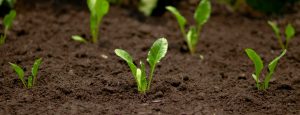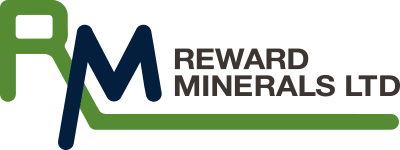What is Potash?
Nitrogen (N), phosphorus (P) and potassium (K) are the three primary nutrients required in agricultural fertilisers (NPK). Potash is a generic term for water-soluble salts containing potassium. There are two main forms of potash available on the market today: Muriate of Potash (MOP) and Sulfate of Potash (SOP).
Over 90% of potash is used as fertiliser. The end-product is sold in fertiliser markets and can be used on all plants to boost plant health and nutrition as well as to increase crop yields.
The Importance of Fertiliser and Global Food Security
The majority of crops grown around the world for human consumption are done so on huge commercial scales and at the great expense of the soil and land that feeds them.
Ask any farmer and they will tell you that the biggest challenge in arable farming is ensuring that the crops are getting the nutrients they require. This is where fertiliser plays a critical role.
A major challenge in today’s world is agricultural expansion. Although the growth rates of the global population have slowed in recent decades, the population of the world is increasing. People are living longer due to advances in medicine and stable geopolitical factors. Couple this with an ever-decreasing amount of available land and land and soil degradation, and the need for high-quality and crop-specific bulk fertilisers is easy to justify. Fertilisers are particularly important in developing countries where the need for increasing food production is vital in nutrient-deficient soils that limit crop yields.

Why Sulfate of Potash (SOP)?
SOP is considered to be the premium fertiliser because it is free of chloride (Cl) which is harmful to many crops and degrades the soil. SOP is used primarily on high-value crops such as leafy greens, fruits, and vegetables.
SOP is particularly advantageous in hot, dry environments where soil typically already contains high contents of chloride, such as that of central and western Australia. Using MOP in such environments is not only damaging to the soil and land but is ineffective and promotes environmental pollution.
It is expected that the market for specialised and crop-specific fertiliser products, particularly SOP, will continue to grow in line with the urbanisation of the global population, a reduction in arable land per capita and growing water scarcity.
As a premium product, SOP attracts a premium price to MOP which is currently well above historical premiums of approximately 50%. The premium has widened in recent times due to instability in the MOP market through the split of Uralkali, a major Potash producer, from the Belarusian Potash Company. Throughout this period the price of SOP has remained stable.
The SOP price is underpinned by the rarity of sizeable primary deposits and the high cost of the Mannheim production process through which approximately 50% of SOP is created. There are no viable substitutes and demand continues to steadily increase, unaffected by the instability in the MOP market.
SOP Production
SOP is produced via primary or secondary processing methods. Primary processing is the cheapest production method however primary deposits are rare and so less than 30% of SOP is produced is via primary processing.
Approximately 50% of SOP is produced via a secondary processing method: the Mannheim process. This is an energy-intensive conversion process whereby MOP is combined with sulfuric acid to create SOP and a hydrochloric acid by-product. Not only is the process extremely expensive, but it is also predicated on the availability of markets to sell both of the resulting products. It is this supply of SOP which creates a price floor for the commodity well above the marginal production costs for any primary deposits.
Reward Minerals will be a primary producer of SOP via its mineral-in-brine potash deposits in Western Australia.
